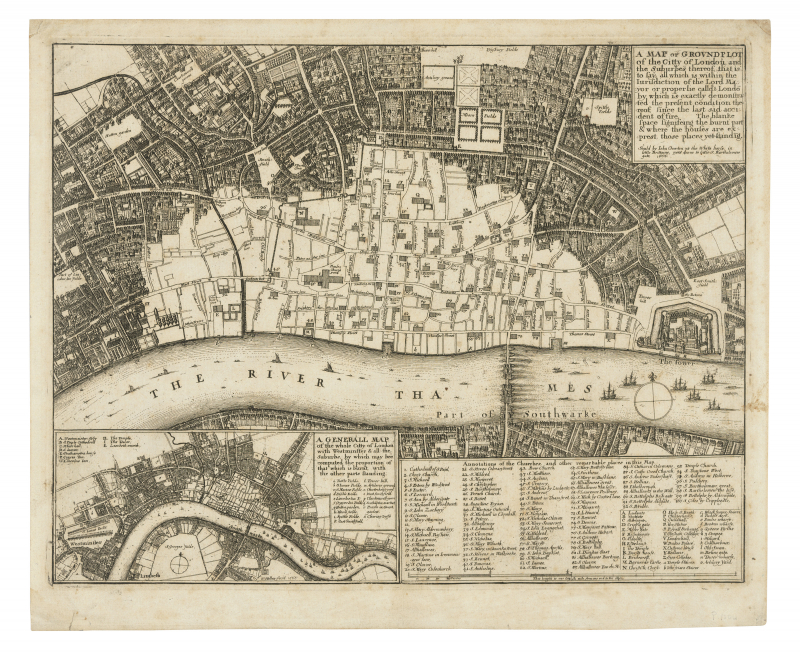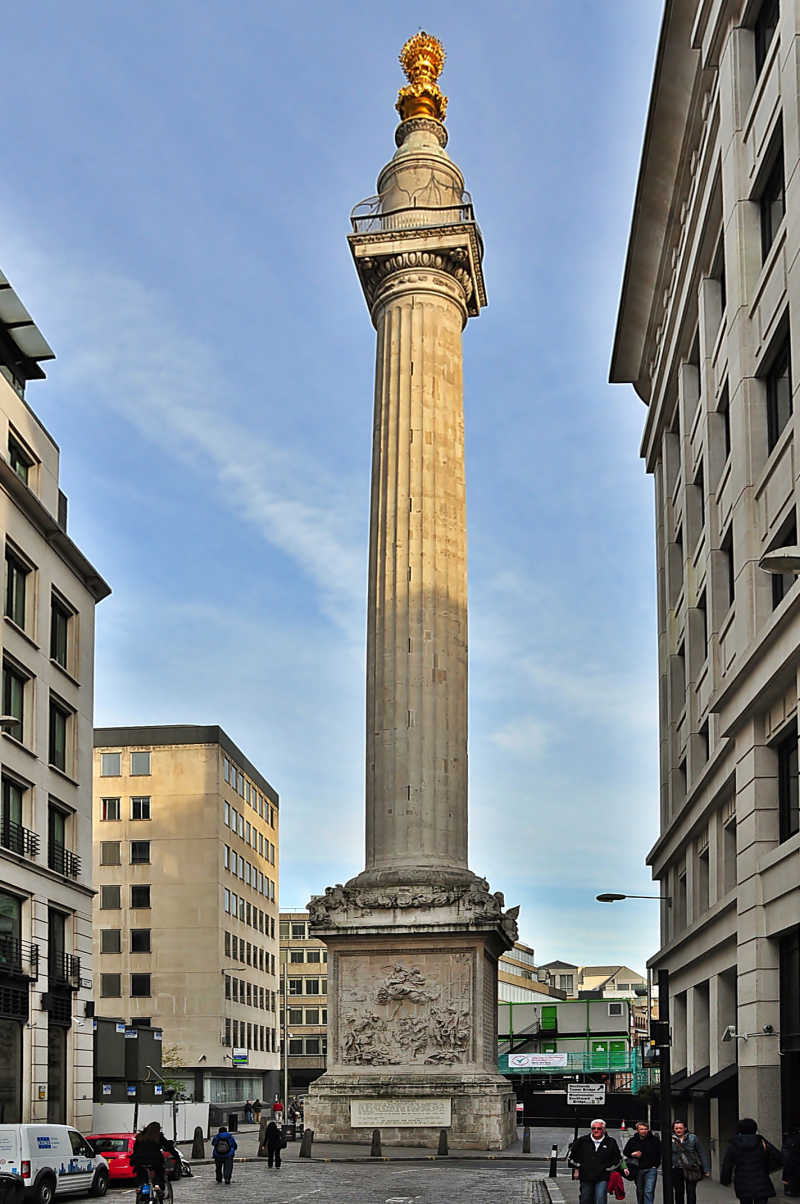He was also an architect
Hooke pursued a second profession as an architect in addition to his work as a scientist, which is one of the interesting facts about Robert Hooke. He was crucial in helping to reconstruct London following the Great Fire (1666). There was an urgent need to rebuild the City of London. The King nominated three people, Wren being one of them and the City appointed three others including Hooke to manage and carry out this massive undertaking. He rose to the position of Surveyor for the City of London, working with renowned architect Christopher Wren as his principal assistant. Hooke was heavily involved in every phase of the reconstruction of London, including the practical (widening streets and defining property lines) and artistic (designing churches and civic buildings). His construction designs were well received, he created many of the structures that stood in for those lost by the Great Fire of London in 1666, he made a lot more money as an architect than as a scientist.
Besides, the Monument to the Great Fire is a brilliant illustration of Hooke's inventiveness, even though very few of his architectural creations have lasted the test of time. Its design as a monument, a column sitting on a prism is rather traditional, but it is clever when used as a scientific tool. Hooke was doing research into the earth's motion and the calculation of gravity during the time the monument was being created. The monument was built to include a gravity "lab" and a zenith telescope to advance study. Additionally, The Royal Greenwich Observatory, Montagu House in Bloomsbury, Bethlem Royal Hospital, the Royal College of Physicians, and many more buildings were among the projects he worked on.












